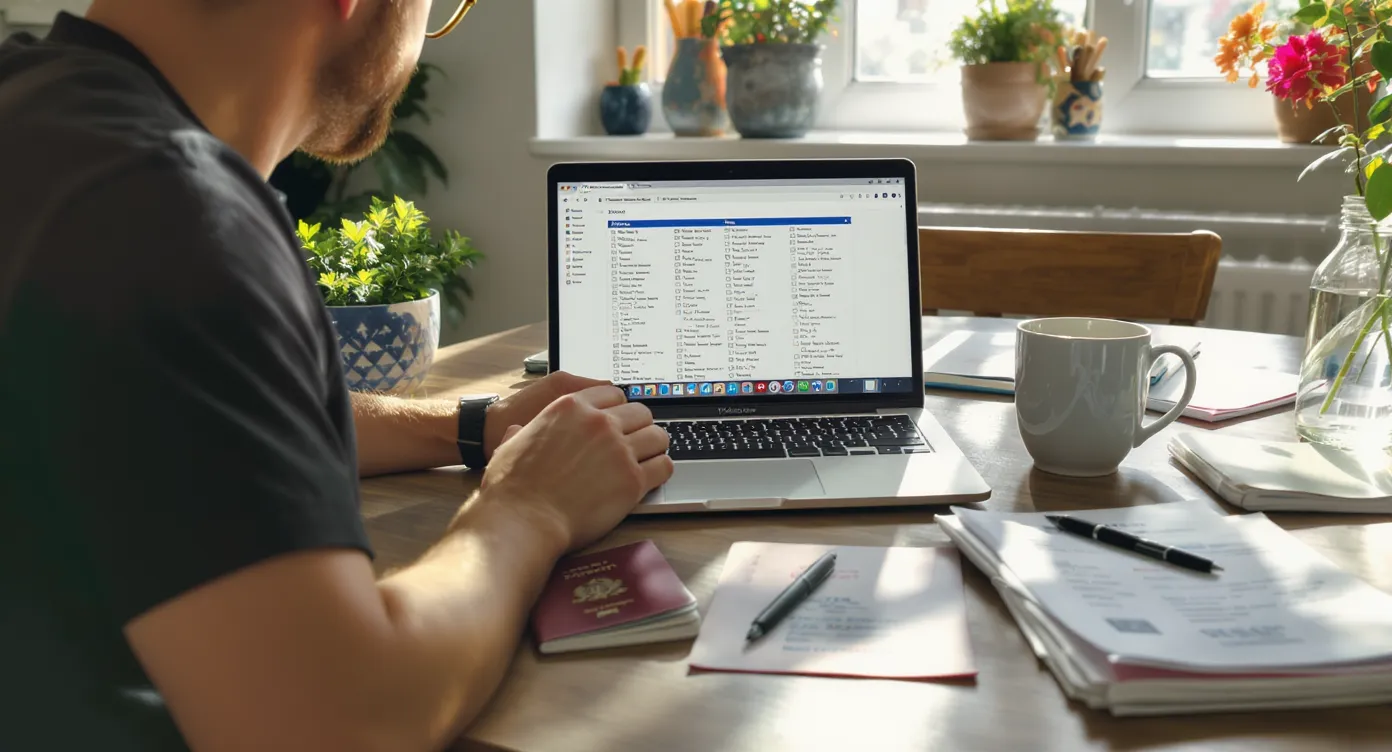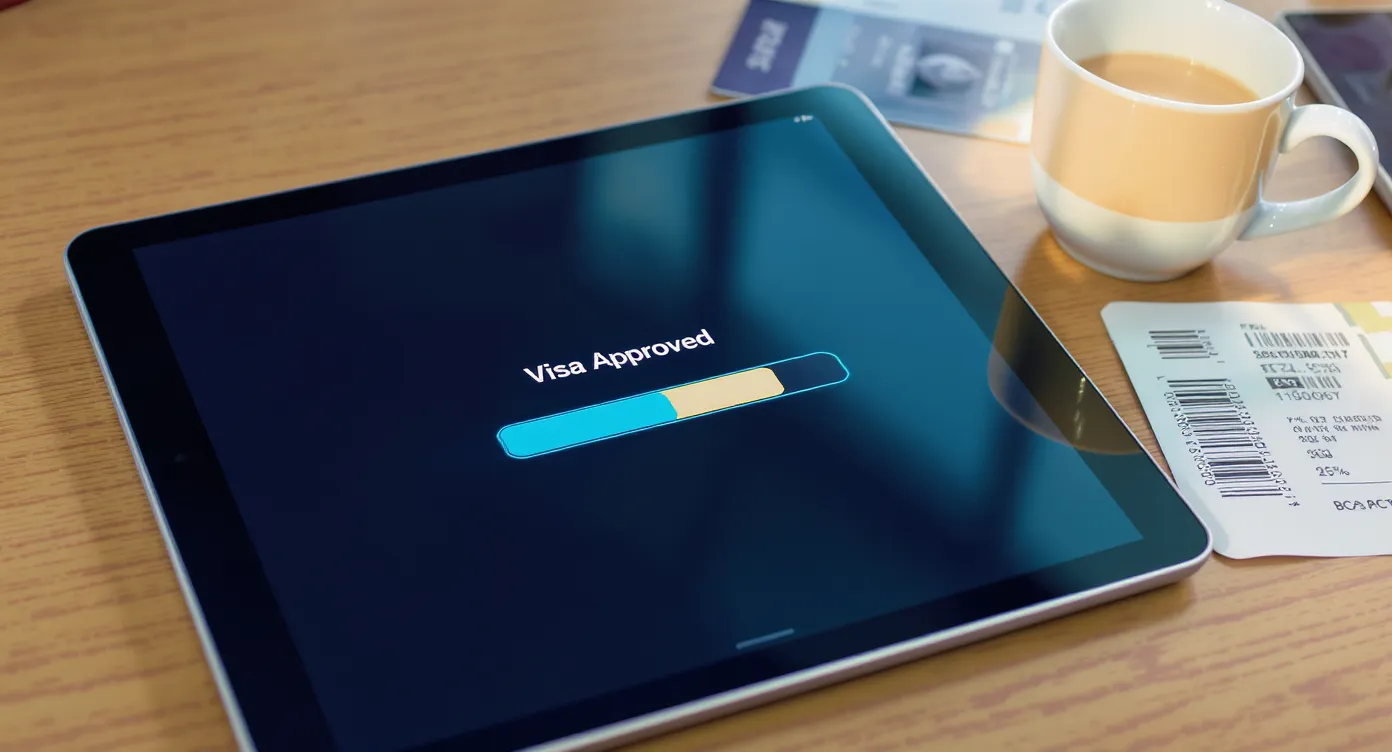Need Help With a Visa Application? Start Here

Applying for a visa can feel like launching a spacecraft: dozens of documents, country-specific rules, ticking clocks and high stakes for every tiny mistake. If you have asked yourself “who can help with my visa application?” this starter guide is for you.
We will walk through the essentials—from deciding whether you need a visa at all to choosing the right kind of assistance—so you can move forward confidently and avoid the dreaded last-minute scramble.

1. Do You Actually Need a Visa?
Start with the basics: some trips require a traditional visa glued into your passport, others only need an electronic travel authorisation such as an eVisa or ETA, and a surprising number are visa-free. Use this quick self-check:
| Scenario | Likely Requirement | Where to Verify |
|---|---|---|
| Short stay (≤90 days) in the Schengen Area for a U.S. passport holder | ETIAS (from 2025) | ETIAS FAQs |
| One-week vacation in Thailand for most nationalities | Tourist visa or visa-exempt entry depending on passport | Destination’s immigration website |
| Business meeting in Kenya | Kenyan eVisa | Electronic Visa for Business Travel |
| Long-term employment in Canada | Work permit (traditional visa) | Government visa portal |
If you discover an electronic option is available, congratulations—you have already eliminated embassy line-ups and postage fees. If not, a conventional visa is still manageable; you simply need more lead time and paperwork.
2. Electronic vs. Traditional Visas: Pros, Cons, and Myths
Electronic visas now cover more than 70 countries and counting. They are processed completely online, usually in a few days, and stored digitally. Read our deep dive on the difference between electronic and regular visas if you are weighing both routes.
Common myths to ignore:
- “eVisas aren’t secure.” Modern systems use the same AES-256 encryption banks rely on, plus biometric checks in many cases.
- “They are only for tourists.” Business, student and transit eVisas exist for dozens of destinations.
- “Approval is automatic.” Digital or not, immigration officers still verify your data—accuracy matters.
For a fuller myth-busting session, see 6 Myths About Electronic Visas Debunked.
3. A 5-Step Pre-Application Checklist
Failure to prepare is preparation for denial. Before you open any online form, run through this abbreviated checklist (the full version lives in our comprehensive pre-submission guide):
- Passport validity: at least six months beyond your planned exit date and two blank pages.
- Digital photo: recent, correct size, neutral background.
- Proof of travel: round-trip tickets or onward itinerary.
- Accommodation: hotel booking or invitation letter.
- Financial evidence: bank statements or payslips proving you can fund the trip.
Gather these as PDF or JPEG files under 2 MB each. Naming them clearly (e.g., Kenya-eVisa_Passport.pdf) reduces upload errors.
4. Pitfalls That Sink Applications—and How to Dodge Them
Even seasoned travelers trip over the same snags. According to SimpleVisa platform data, the top three rejection reasons in 2024–25 were:
| Rank | Rejection Trigger | Prevention Tip |
|---|---|---|
| 1 | Inconsistent personal details (e.g., “William J.” vs “Bill John”) | Copy text exactly as it appears on your passport MRZ line |
| 2 | Blurry or cropped document scans | Use a flatbed scanner or a smartphone app with edge detection |
| 3 | Underestimated processing time | Apply at least two weeks ahead or use priority service if offered |
For a deeper analysis, read 10 Tips for a Smooth Electronic Visa Application Process.
5. Where to Get Reliable Help
Not every traveler needs professional assistance, but many find it speeds things up and provides peace of mind. Below is a comparison of common help sources.
| Help Option | Typical Cost | Best For | Drawbacks |
|---|---|---|---|
| DIY with government portal | Government fee only | Experienced travelers, simple tourist trips | No real-time guidance, limited support |
| Traditional visa agency | $$$ (service fee + courier) | Complex work/study visas requiring embassy visits | Higher cost, slower turnaround |
| Online visa platforms (e.g., SimpleVisa white-label app) | $$ (transparent fee) | eVisas, ETAs, family or group applications, time-pressed travelers | Requires internet access |
| Travel advisor/OTA using SimpleVisa API | Fee often bundled into booking | End-to-end trip planning, cruise or multi-country itineraries | Varies by agency |
Why Automated Platforms Are Overtaking Paper Forms
Automation removes repetitive typing, validates documents instantly, and sends push/email updates so you know exactly where an application stands. That is why more than 400 travel websites now embed SimpleVisa’s flows directly in their checkout.

6. How SimpleVisa Makes Visa Help… Simple
If your airline, cruise line or online travel agency already partners with SimpleVisa, you may see a “Complete Your Visa” button immediately after booking. Behind that button sits:
- Guided application wizard that autofills passport data and flags errors in real time.
- Premium eVisa management: pay once, receive status alerts, and download the approved PDF straight to your phone wallet.
- High approval rate powered by automated document checks and up-to-date rule engines.
No partner? You can still use SimpleVisa’s white-label app—a standalone portal that works on any browser and supports family or group submissions in one session.
Travel businesses interested in adding the service can integrate via API in days or choose a no-code widget. See our technical explainer on How eVisa APIs Work.
Frequently Asked Questions
Do electronic visas guarantee entry at the border? Immigration officers still have final say. A valid eVisa authorises you to travel but does not override local laws.
How long before my trip should I apply? Two to four weeks is safe for most eVisas. Some approvals arrive in 24 hours, but heavy travel seasons cause backlogs.
Can I amend errors after submitting? Many systems lock edits once you pay. Contact the issuing authority or start a new application if a critical detail is wrong.
Is it safer to print my eVisa? Yes. Keep a paper copy in case your device fails or an officer requests it.
Does SimpleVisa store my personal data? SimpleVisa uses encrypted storage, strict access controls and GDPR-compliant deletion policies. Data is retained only as long as necessary to process your application.
Ready to Get Started?
Whether you prefer the do-it-yourself route or a fully guided experience, the key is to begin early and follow the checklist. If you want an extra safety net, look for the SimpleVisa badge during your next flight or tour booking—or head to our white-label portal and start your application today. Your passport’s next stamp is only a few clicks away.